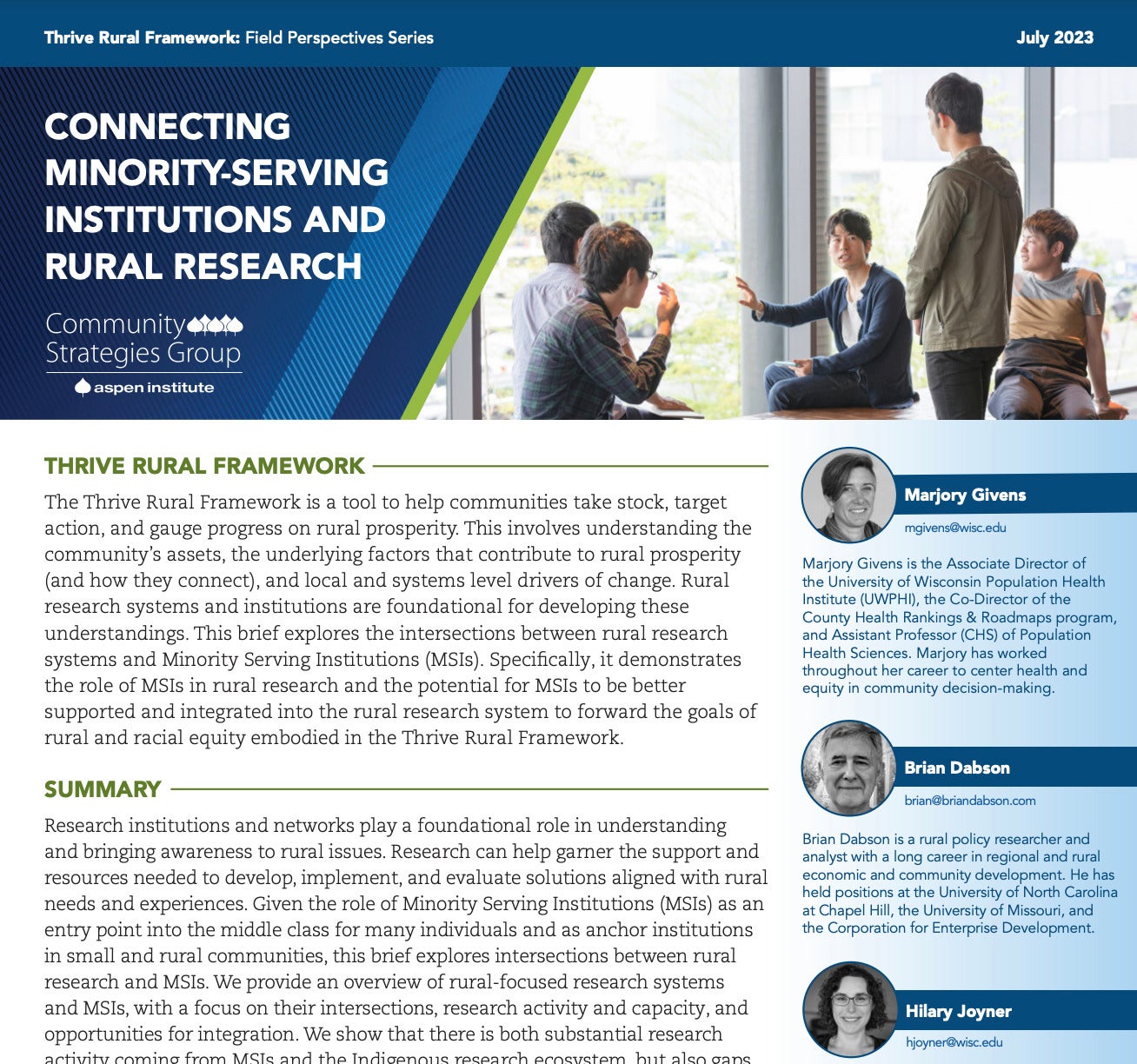The Office of Post-Secondary Education at the U.S. Department of Education just released a new website designed to provide users with the accreditation status of colleges and universities. In the name of transparency and because of concerns about the impact of lack of accreditation on students, this new database launched in April 2017.
At the surface level, this database appears to be an answer to the opaqueness of accreditation processes and a laudable effort. To be sure, there is much to be gained from learning an institution’s accreditation status. The absence of accreditation has sizable consequences: non-accredited institutions lose access to federal student aid money and other federal dollars. Enrollment in non-accredited professional programs can impact a student’s future work opportunities. A recent post by Clare McCann makes some excellent points about what disclosure of accreditation status means in real terms and why it matters.
Not to throw a wet blanket on the celebration, but, in the interest of “true” transparency, we need to reflect on what the website actually discloses and what remains hidden.
In short, the database only releases data received by the Department of Education. I noted that state institutional and programmatic accreditation are missing in some instances. The database can’t tell the story of the data it doesn’t possess, which means the user does not know what is missing. Inaccuracy by omission is as dangerous as incorrect disclosed information.
But what about the data that does appear in the system? The Department of Education is not verifying the data it receives and shares for accuracy or for the exact wording of the accreditation. I noted inaccuracies in the description of the action taken by accreditors. Since institutions being accredited do not see or verify the data before its release, the information is fraught with nuance and issues which will be invisible to the end user. And words matter in describing actions taken or not taken by accreditors. That is why institutions need to review this data immediately. Institutions must also have a mechanism (which presently is not apparent) for offering corrections to the data, and having that correction process transparent to all audiences.
This well-meaning attempt to inject transparency into the accreditation process brings to mind the broader problems of accreditation. The grant of accreditation is not a synonym for institutional or programmatic quality. The Department of Education makes no representations regarding the quality of the accreditation process itself. Indeed, accreditors’ actions have been challenged for failing to identify institutional or programmatic weaknesses. Just look at the recent institutional closures in the for-profit sector. Accreditors have been accused of having undisclosed ties to the institutions they are accrediting, or at least to the leadership of those institutions.
The flaws of the entire accreditation process are not addressed through data release. In fact, there’s a danger that the Department of Education’s database will lead users to believe that inclusion as an ‘accredited institution’ is somehow a government stamp of approval or quality. That is not the case.
We are enamored of data, and it most assuredly has value. But the key is the interpretation of the data and an assessment of the conclusions that can be drawn from them. The Department of Education’s new database is mistakenly being characterized as “transparency of accreditation.” To me, the database is only masquerading as transparency when, in fact, it is anything but.
Institutions need to examine these data and speak up – even if there is no defined process for correction. Right now, the silence surrounding these data is deafening.
Karen Gross is a consultant and former college president. The views expressed are her own and do not represent the views of any organization or institution.

